The Good, the Erotic, and the Bad
The ships carrying our Italian paesani to the four corners of the world also bore a nostalgic whiff of “pummarola.” It’s an epic story immortalized in films like Scorsese’s masterpiece Goodfellas, in which a band of cutthroat Italian-American mafiosi are moved to tears by a hunk of bread lathered with tomato sauce. Italian food has won hearts the world over ever since. But what image of Italy and Italians did it convey?
Food and wine are among the main pillars of the Italian export industry and a major asset of Made in Italy. Buying an Italian product has come to symbolize immersing oneself in the Italian way of life. So it stands to reason that an analysis of the industry’s overseas advertising lingo can help us understand how foreign consumers perceive (and are told how to perceive) the country itself.
Overseas advertising follows a different template than that used in Italy. The objective is the same, but the means of accomplishing that objective change. Whereas Italians don’t need to be lured by the Italian storyline, Italian advertisers abroad cook up a story ad hoc to set consumers dreaming they’re in Italy. That dream is made possible by resorting to stereotypes traditionally associated with the Bel Paese. What stereotypes, you ask?
The Good (and Tasty)
Italian identity is characterized by a stock set of visual and verbal cues: the Tricolor, pastoral backdrops, and monument-and-sculpture-dotted cities with an artistic heritage—the preferred tourist destination. Americans in particular don’t travel to Italy for the seaside or landscape alone; there’s plenty of that back home. Instead they tend to visit Renaissance cities, archaeological sites, museums, and galleries—all while tasting good food and fine Italian wine, naturally.
The classic visual aides include Venice and Florence, Vesuvius and the Tower of Pisa, La Gioconda and Michelangelo’s David, as well as the rolling hills of Chianti, tomato patches, mozzarella, extra-virgin olive oil, sparkling mineral water, Parma ham, and grana padano. The images are paired with just as classic taglines, like, “original aroma,” “authentic Italian flavor,” “all natural ingredients,” and “the taste of tradition.” Such cues are fundamental to making people feel they have in hand a genuine Made In Italy product, which is to say, a quality product, made according to recipes handed down from generation to generation in one of the oldest civilizations in the world. So they happen to come boxed? Their authenticity remains unadulterated, guaranteed by sheer dint of being Italian.
That’s how Italy is perceived overseas, and Italian food products have, over time, become readily recognizable thanks to being associated with such concepts.
And then there are the Italians. You would assume that they would be the best representatives of their land, culture, and, therefore, their products. But what does an Italian do with an Italian? What about their behavior can be translated into an advertising campaign and immediately understood abroad?
The Erotic (and Seductive)
Italy is synonymous with la dolce vita, “le bonheur à l’italianne,” which can take the form of a classic Sunday family gathering around a table laden with food, as it does in Carapelli oil’s ad campaign in France. Note the men gesticulating—an international topos of Italianness.
But living like an Italian, San Pellegrino reminds us, also involves pleasant dinners with friends, posh sailboat outings, and lovemaking, naturally, in all its forms. While promoting orange soda, San Pellegrino confines Italians to a set of clichés about the “delicious” Italian life. At the heart of it all is a clear appeal to the erotic: a macho stud straddling a Vespa winks at a few ditzy-looking, trendily-clad girls snapping a selfie, while nearby a young couple is tenderly necking. The scene is staged in a typical Italian piazza, with the perennial café in the background and, not far off, a street vendor hawking oranges, which we assume must be Sicilian.
In love with the good life, beautiful women, and delicious food, Italians are often depicted as classic Latin lovers. That stereotype is so deeply entrenched that it is regurgitated, sometimes in dubious taste, by foreign brands across the globe. Take for example the Los Angeles-based agency BEING, whose slogan for Zesty Kraft Italian dressing is “Once You Go Italian, You’ll Never Go Back.” In their ad, an Italian beefcake in a vaguely neoclassical setting straight out of La Grande Bellezza sucks on a noodle while lying half-naked on a table full of fresh vegetables.
Far more sophistzicated is an ad by a Turkish agency for PastaVilla, a brand of pasta and pre-made sauces headquartered in Istanbul. Their slogan is “Seductive Italian Taste,” and the clever visual aide makes bits of vegetables spread out on a table look like clothes strewn about a bedroom floor (high heels, underwear, bras, men’s pants) by an invisible couple on their way to the marriage bed (represented by a plate of pasta salad in the background).
Tasteful or not, such stereotypes understandably tend to flatter Italians. Yet the fact is, it’s a short step between lovers of the good life and tireless good-for-nothings. This portrayal of Italians may explain the recent gaffe on the part of the Dutch Finance Minister and President of the Eurogroup, Jeroen Dijsselbloem. Criticizing southern European countries, Dijsselbloem huffed, “You can’t spend all your money on alcohol and women and then ask for help.” His remark provoked outrage in Greece, Italy and Spain. That too is understandable. But if the minister’s mind is saturated with advertising clichés, his gaffe should come as no surprise.
The Bad (and Ugly)
Equally damaging is the Italian organized crime stereotype. The stock image of Italian mobsters promulgated by the movies has strangely become a powerful and controversial selling point for Italianness. The foil for the Italian family is the Famiglia Corleone. And advertisers like the Swedish agency John Doe have jumped on the bandwagon. In a spot for Peroni beer, the agency pays homage to the famous Godfather horse scene: “It’s an offer you can’t refuse.” I.e., “Buy our beer or wake up with a decapitated horse.” As if you didn’t get the point, the ad continues: “The Godfather of Italian Beer has now arrived in Sweden.”
Identifying Italians with the mafia is so powerful that it is often exploited to advertise anything that sounds remotely Italian. In Curtiba, Brazil, a picture of a group of gangsters seated around a table and offering a slice of pizza to a hostage tied up like a salami is a credible incitement to call the pizza delivery company Polpettas: Pizzas e Cozinha Italiana. “Place your order,” reads the advertisement, “Even if it’s your last.” With customary sophistication, the advertisement for the restaurant Cosa Nostra in Mérida, Mexico, shows a mob boss sharpening a knife in front of a raw mackerel. The tagline reads (in Italian) “Cooking that doesn’t forgive.” Evidently, that’s a guarantor of quality; what, after all, could be more authentically Italian than a Mafioso?
In these cases we are clearly confronted with a cliché that, despite being commercially effective, does the Italian image no favors.
Conclusions
The idea of Italy agribusiness advertisers convey to the world is positive not only in terms of economic benefit, but also in terms of the image itself. Its message promotes common stereotypes to instill in people a desire to possess the advertised product by immersing them in a universalized and de-regionalized Italy: a drink that smacks of Tuscany, a tomato sauce cultivated in Campania, cold cuts and dairy products made by “old hands.”
As for the idea of the Italian man that they convey, the approach is both simpleminded and contradictory. The idealization of Italian identity is, by and large, comic and superficial. It paints a picture of a mindless, fun and games world where people are perpetually rolling in the hay. At the same time, the concept of the great lover gives way to that of the mobster. Both extremes are closely connected to the figure of the Latin lover: macho, erotic, and necessarily violent. The reinforcement of an image long perpetuated by movies ends up deeply changing—and damaging—the reality. That, on the other hand, is the seductive power of marketing: it builds utopias. But utopia is not always a good thing.
* Giulia Ianni is a recent MA graduate of the Università degli Studi Roma Tre. This article expands upon the subject of her thesis, “Made In Italy Abroad: Language and Media Strategies for Branding the Tricolor Identity.” The thesis was researched and written under the tutorship of Maria Catricalà, professor of Languages, Media and Advertising, and Anna Giunta, professor of Media.Economy.






























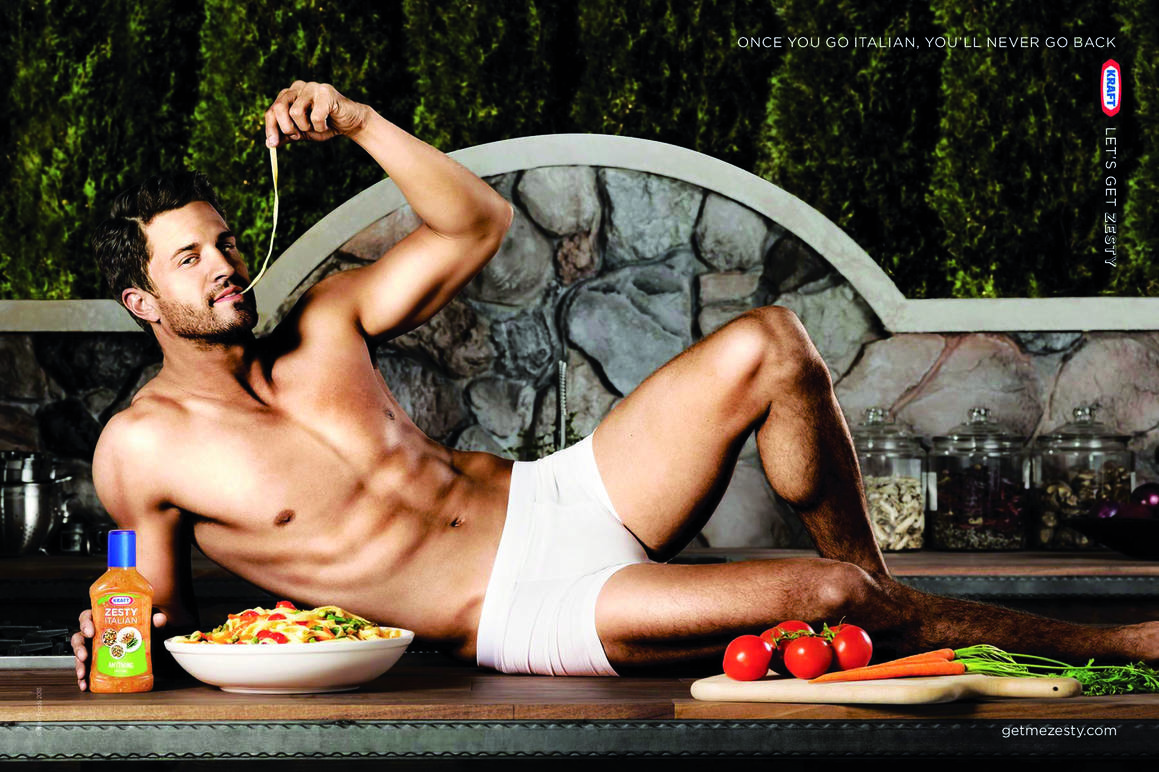
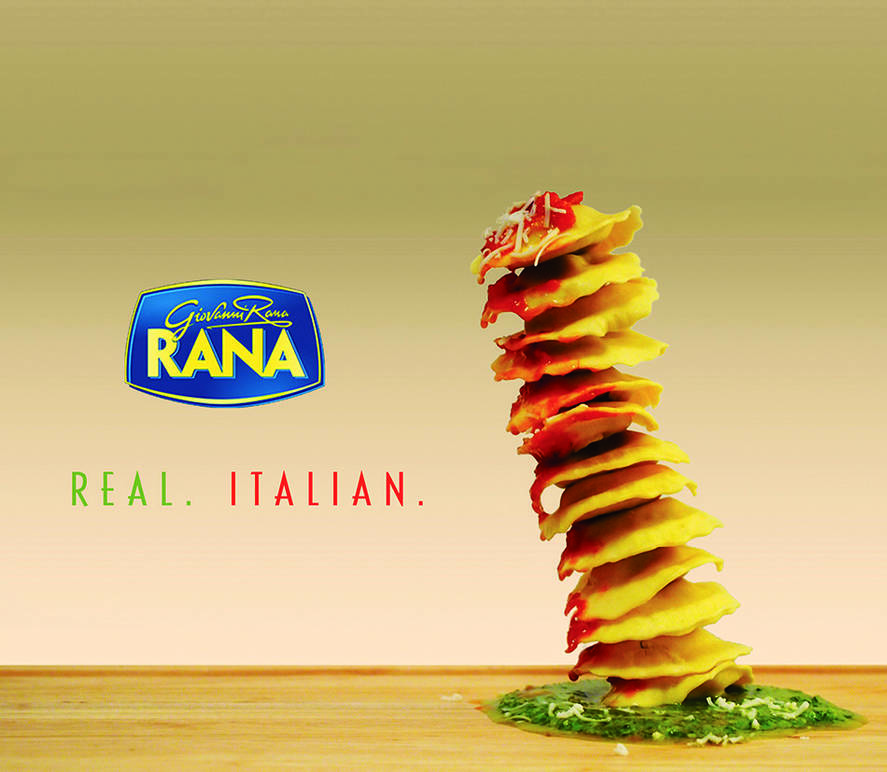
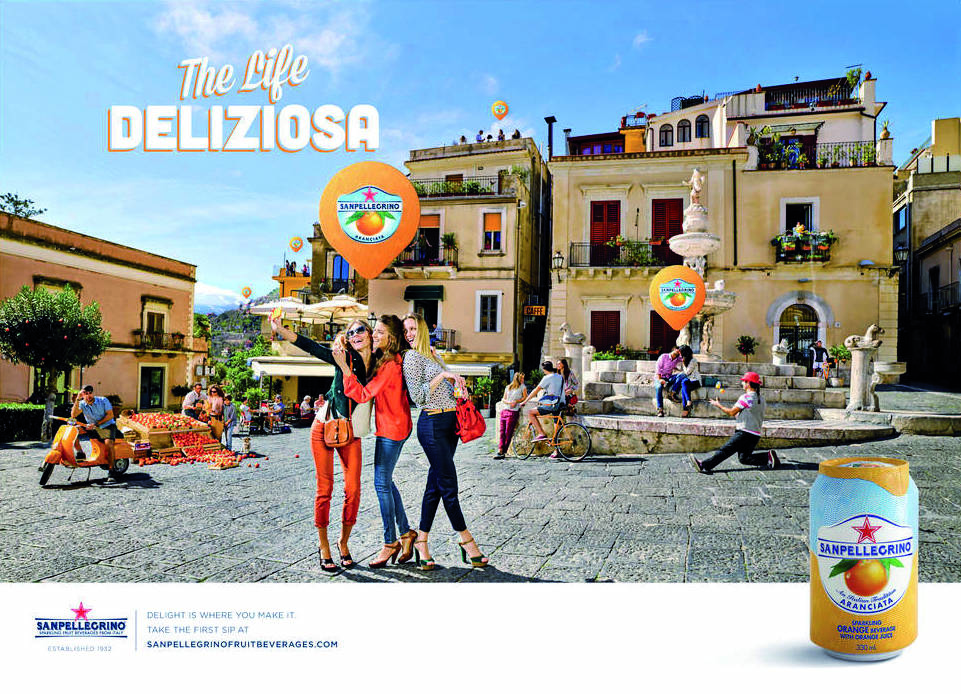
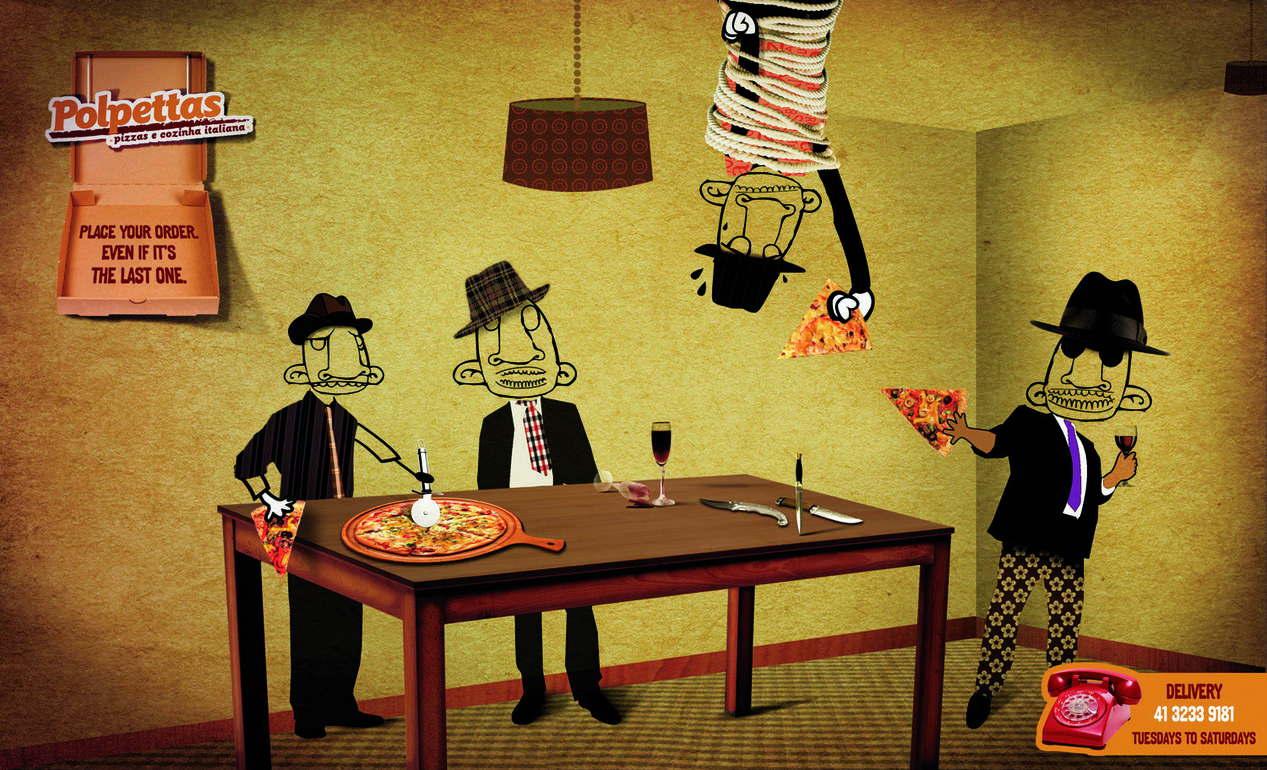
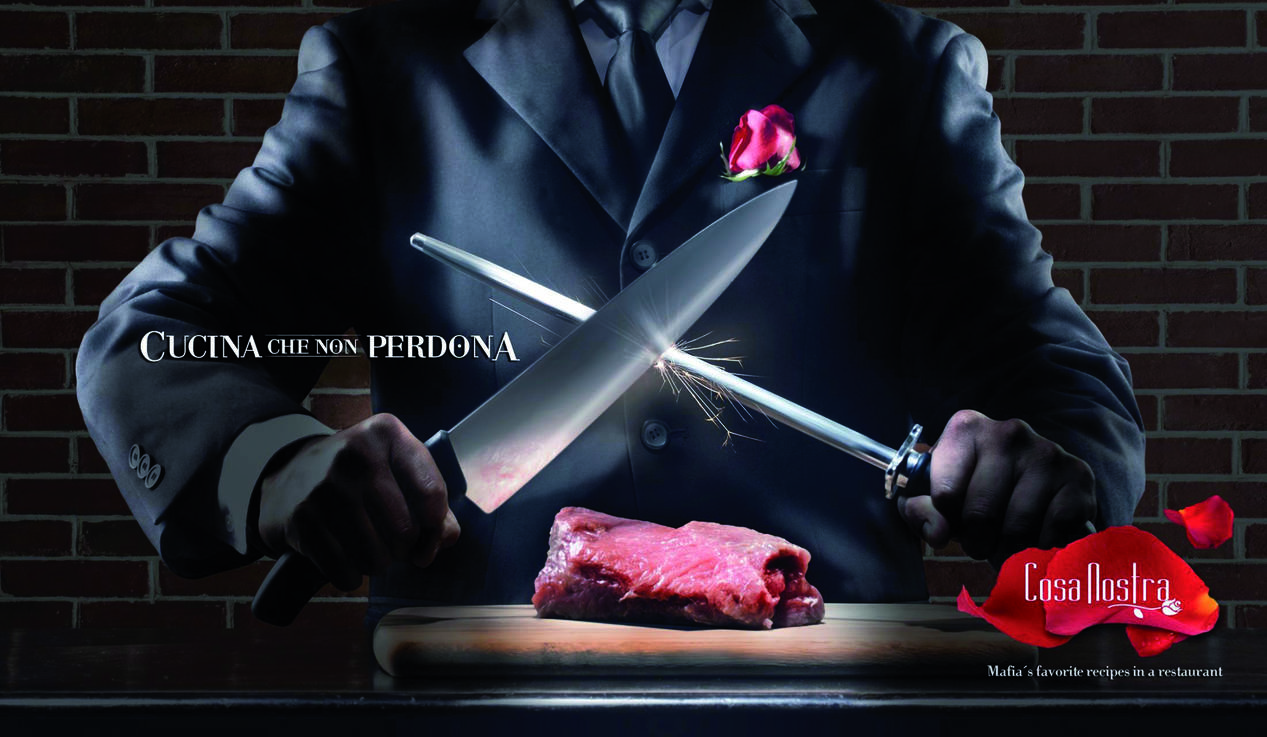
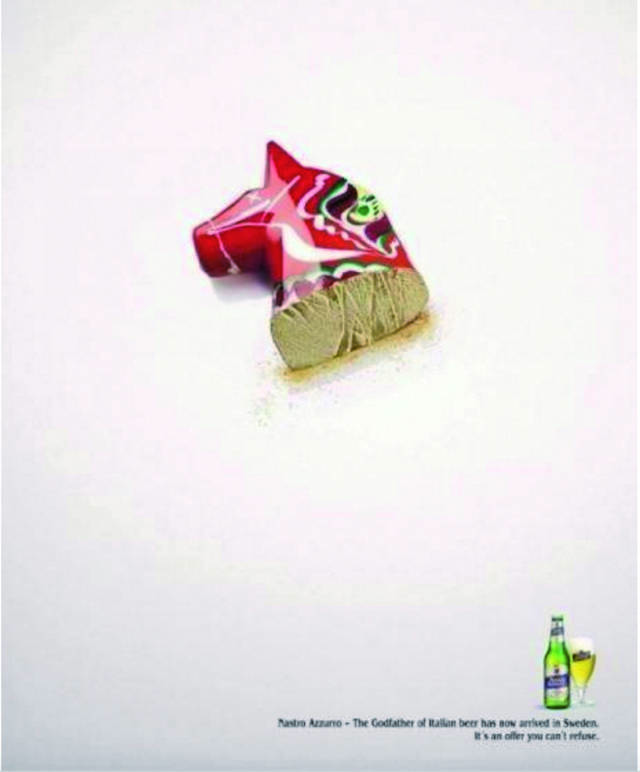



i-Italy
Facebook
Google+
This work may not be reproduced, in whole or in part, without prior written permission.
Questo lavoro non può essere riprodotto, in tutto o in parte, senza permesso scritto.